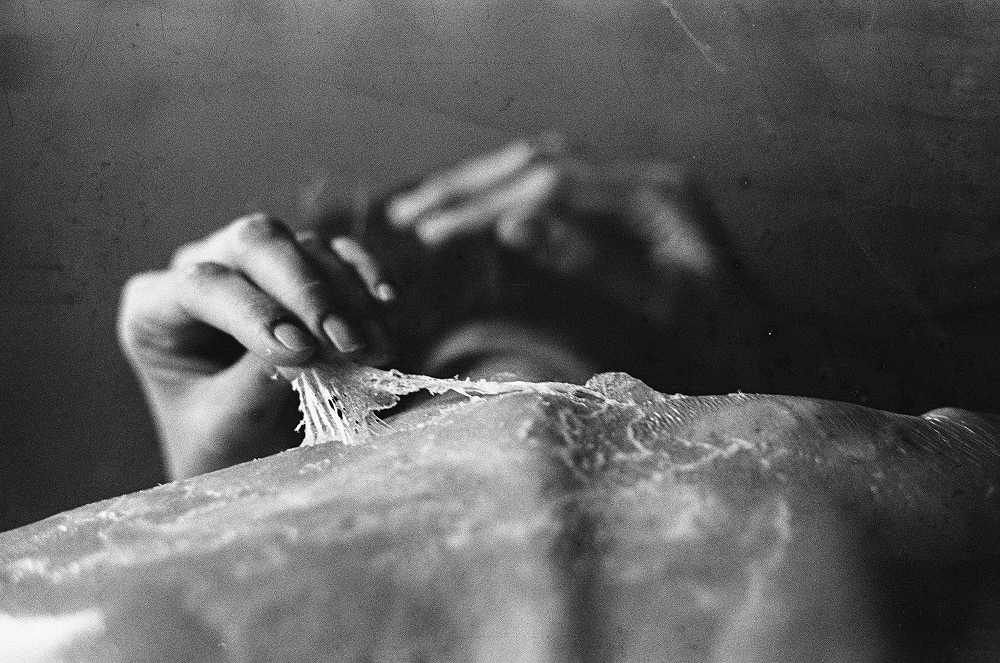What are the causes of hair loss? Do a lot of people have hair loss problems? Is it really necessary to get a hair transplant? Today we will discuss the most common cases of "hair loss".
I. Normal hair loss, not pathological hair loss
Normal human hair does not fall out completely, but grows and falls out naturally. Specifically, a normal scalp will shed an average of 50 to 100 roots per day.
This situation exists because there are different stages of hair growth [2] (Figure 1), some are growing (anagen phase, 90% of the time), some have stopped growing (regression phase), while others shed (resting phase), and these 3 stages will reach a dynamic balance.
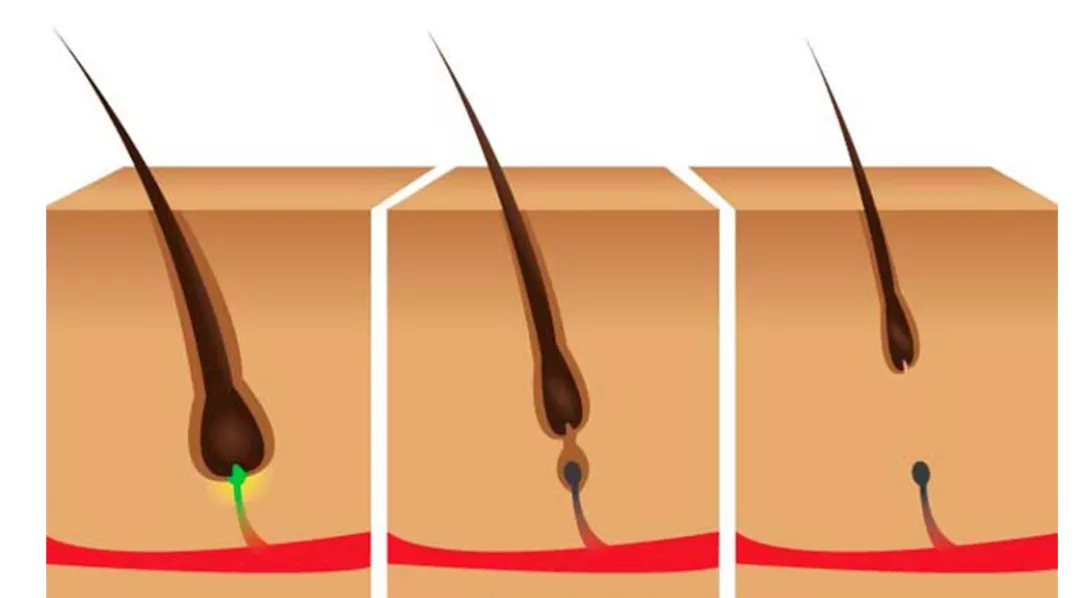
The 3 major growth stages of hair, image source: https://medium.com/
Also, many people lose more hair when they wash their hair (especially those who do not wash it as often as they should). Usually this is not a problem, the reason for this is that the hair that should have fallen out earlier "accumulates" until the day of washing, and will fall out under the mechanical pull of washing.
II, hairline maturity, but also not hair loss
I believe many people will mistake a receding hairline (hairline upward) for hair loss, and panic about it.
In fact, normal adults often have a hairline upward, the scientific term is "hairline maturity".
We can notice that children before puberty, both boys and girls, generally have a fuller hairline with a C-shaped edge (Figure 2). Once they reach or pass puberty, the hairline will change accordingly.
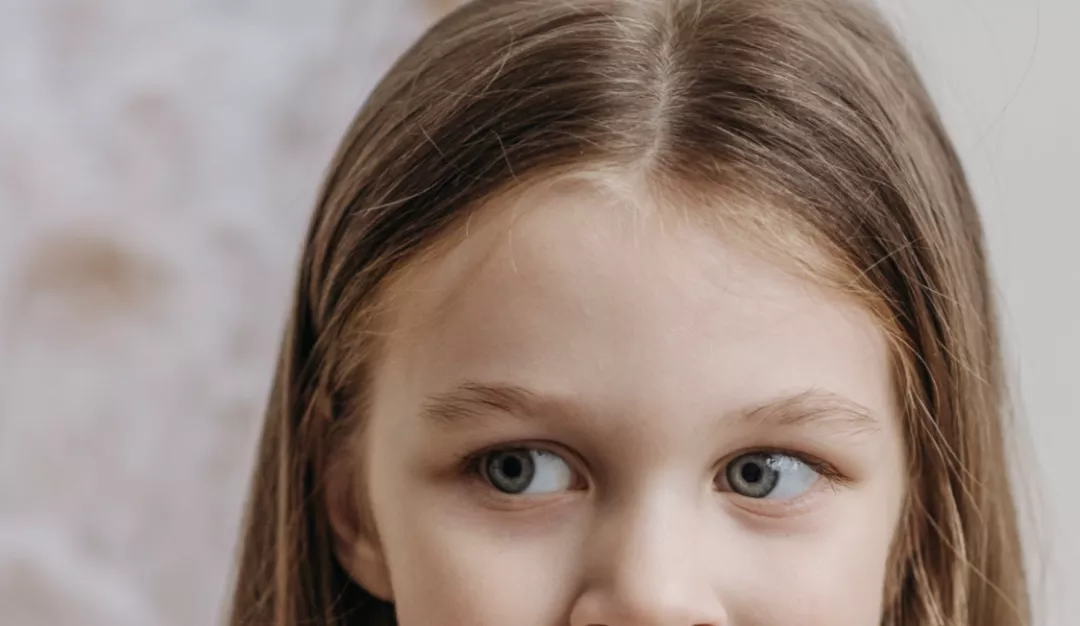
Figure 2. Hairline in children.Image source: pexels
A very typical change is that - the hairline on the forehead moves upwards, up to about 2 cm [3]. Some people also have a slight upward shift of the hairline near the temples.
In addition, when the hairline matures, the hair does not keep getting thinner and softer and the top of the head does not become thinner as in true alopecia (e.g., androgenetic alopecia).
Here are 4 types of normal hairlines summarized by domestic experts such as Professor Wu Wenyu (Figure 3).
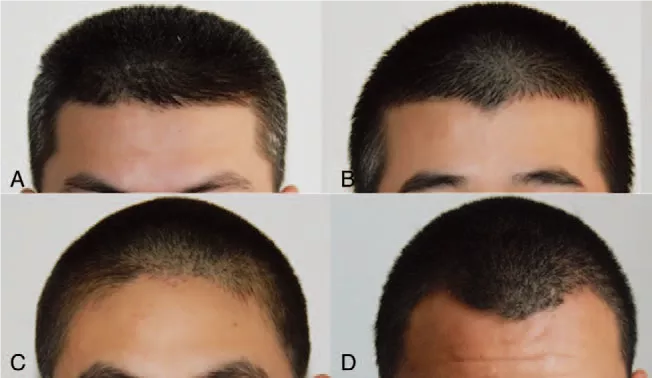
Figure 3. Common hairline patterns in men [4]
Among them, A has a straight hairline; B has a straight shape + central protrusion; C has a round shape; and D has a round shape + central protrusion.
A mature hairline is a normal manifestation of the scalp, which is related to age, hormones, genetics and even race, and has no impact on health and is not a cause for excessive concern.
There are 2 main types of hair loss that are really common, one is resting hair loss and the other is androgenic baldness.
III. Resting hair loss with numerous causes
Alopecia areata is a common cause of hair loss.
The root cause of this hair loss is the sudden change of a large number of hair follicles from a growing state to a resting (corresponding to hair loss) state. There are quite a few factors that can cause resting hair loss, such as [5].
- mental stress
- Childbirth: this kind of resting hair loss is also known as postpartum hair loss
- major illness: major surgery, febrile illness, other acute illnesses
- Nutritional problems: excessive dieting (protein and calorie restriction), rapid weight loss, iron deficiency anemia, etc.
Resting hair loss (Figure 4) can be seen at any age, usually 2 to 3 months after the appearance of the triggering factor. It is characterized by thinning of hair in all areas, with a more uniform thickness (Figure 5), without partial loss, short-term upward movement of the hairline, "Mediterranean", etc.
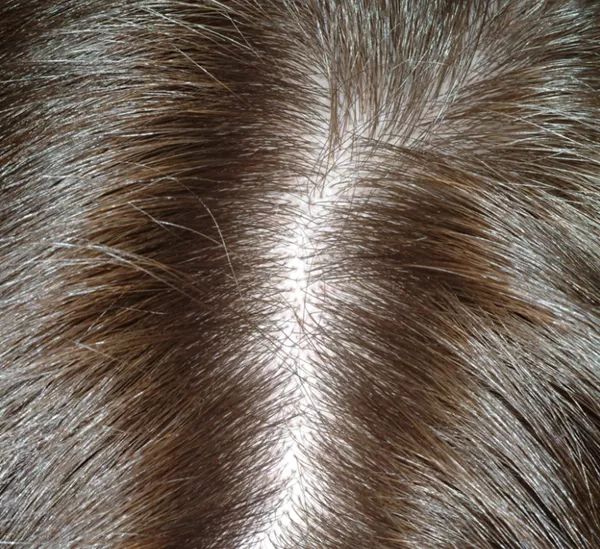
Figure 4. resting hair loss.Image source: https://www.dermatologyadvisor.com/
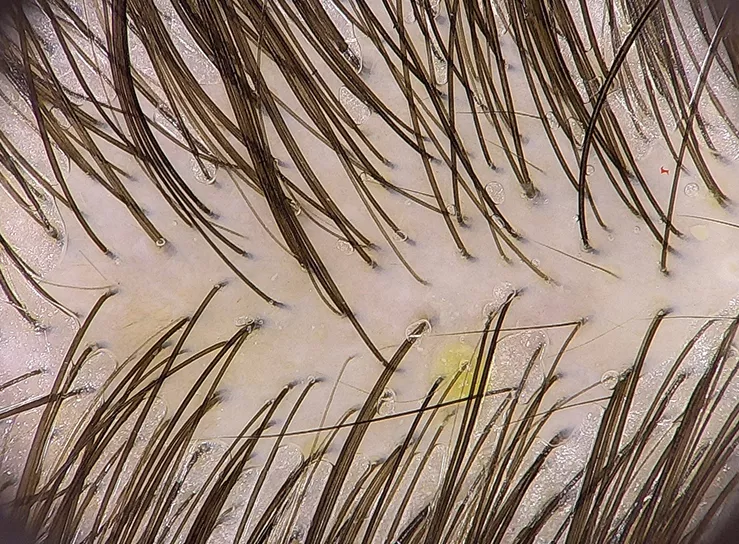
Figure 5. Resting hair loss: uniform hair thickness.Source: https://www.uptodate.com/
In addition, resting hair loss has the potential to heal itself and is unlikely to persist for many years. Once the associated factors are alleviated or eliminated, hair loss can largely be reversed.
IV. Persistent androgenetic alopecia
Androgenetic alopecia is also a common type of hair loss, also known as androgenetic alopecia (Figure 6). The action of androgens on androgen-sensitive hair follicles (in specific populations) causes the hair follicles to shrink and become smaller (follicle miniaturization), eventually causing hair loss.
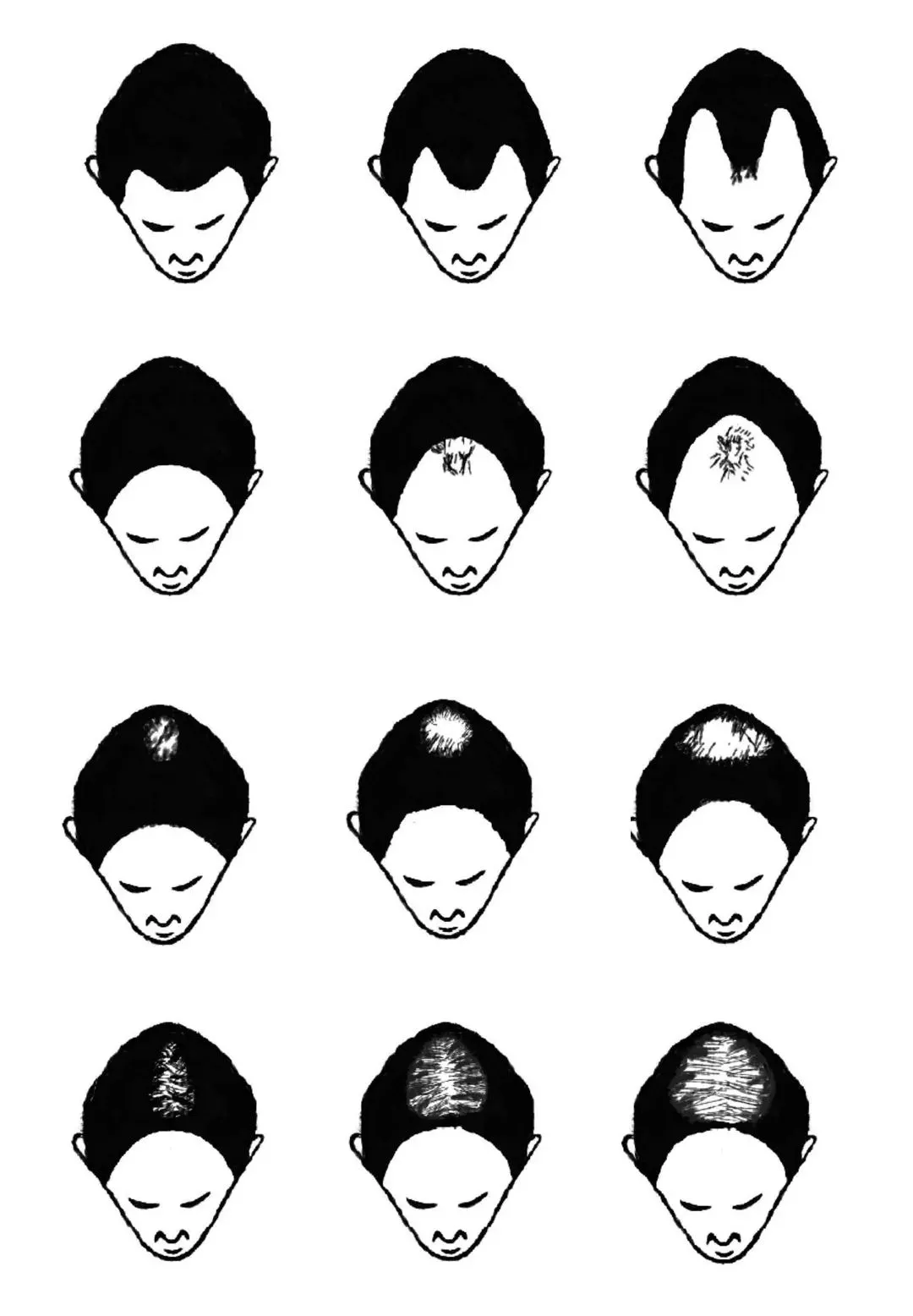
Figure 6. different patterns and degrees of androgenic baldness [7]
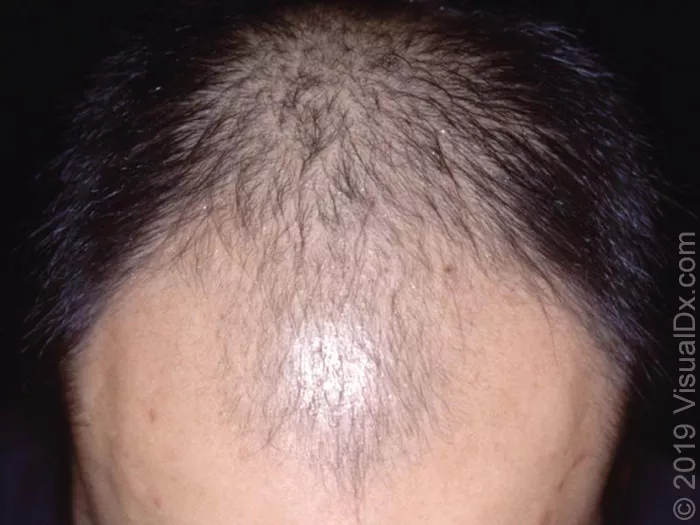
Figure 7. androgenetic baldness in men.Figure source: www.visualdx.com
Androgenetic baldness is characterized by its onset during puberty or late adolescence. Once this hair loss is present, it will continue without human intervention. However, the rate of progression varies from person to person, as does the severity.
The basic signs of hair loss are thinning, thinning and softening of the hair and uneven thickness of the hair (Figure 8). In the case of men, there is usually an upward movement of the hairline and hair loss in the crown area, with severe scalp exposure. In women, there is usually only a diffuse thinning and thinning of the hair between the crown and the hairline edge, with the frontal hairline remaining in the same position.
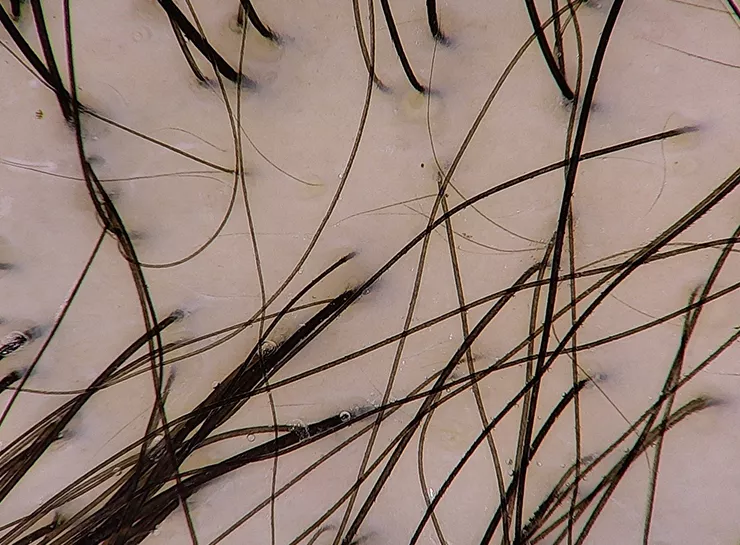
Figure 8. Androgenetic baldness: uneven hair thickness.Image source: https://www.uptodate.com/
Androgenic baldness may be accompanied by scalp oiliness, but otherwise has no particular physical effects. Treatment or not depends mainly on your choice. It's okay to lie flat, wear a wig or shave your head, or use medicine. If you decide to improve, the focus is on regular medical care and reasonable treatment.
This time we have discussed 4 more common situations, the first 2 of which are not pathological hair loss and do not need to be worried about, while the last two are common hair loss, the specific treatment needs to be different from disease to disease and from person to person.
In addition, in reality, there may be other types of hair loss (e.g. traction baldness, spot baldness, etc.) or even multiple types of hair loss at the same time, such as androgenetic baldness plus resting hair loss.
If you are suffering from hair loss, it is important to determine if and what it is before talking about what to do.




